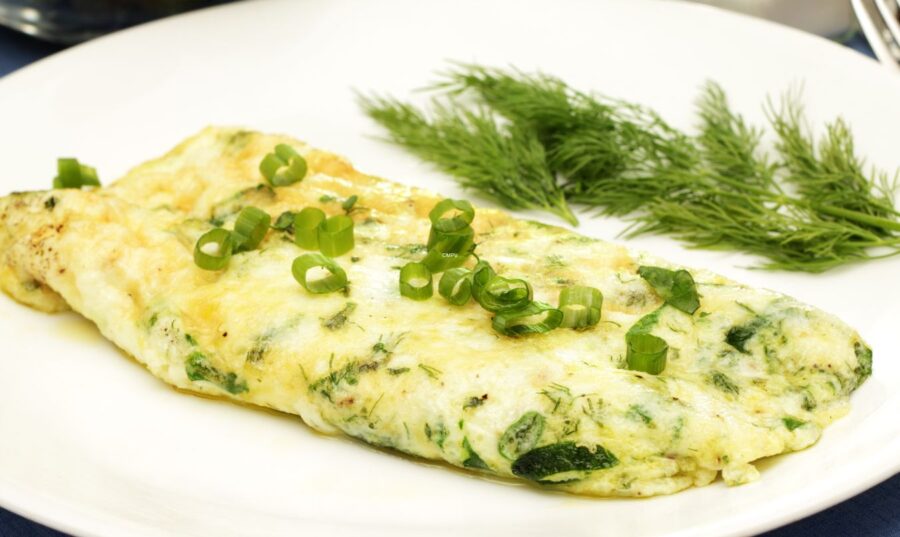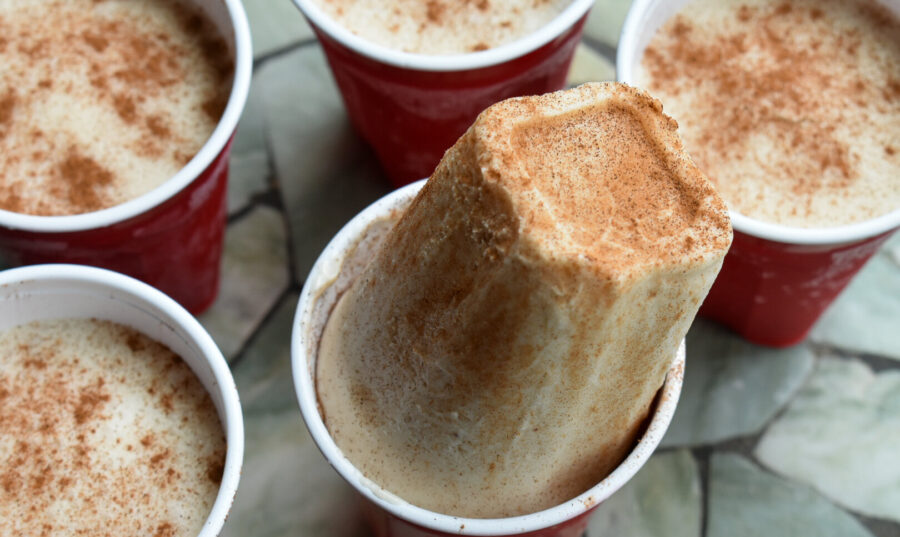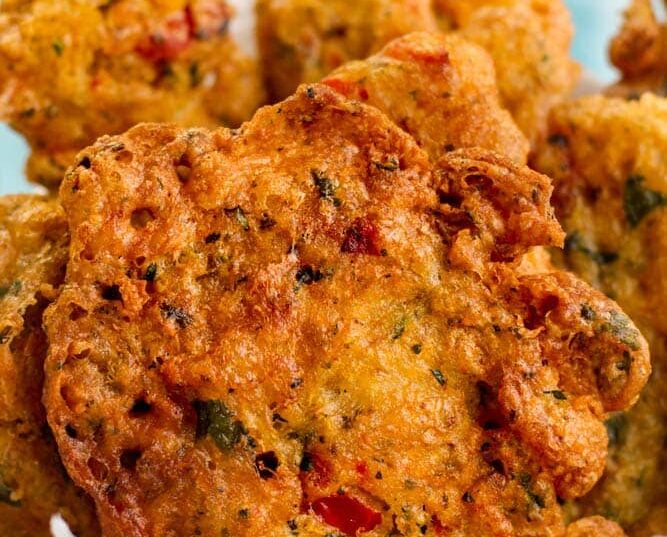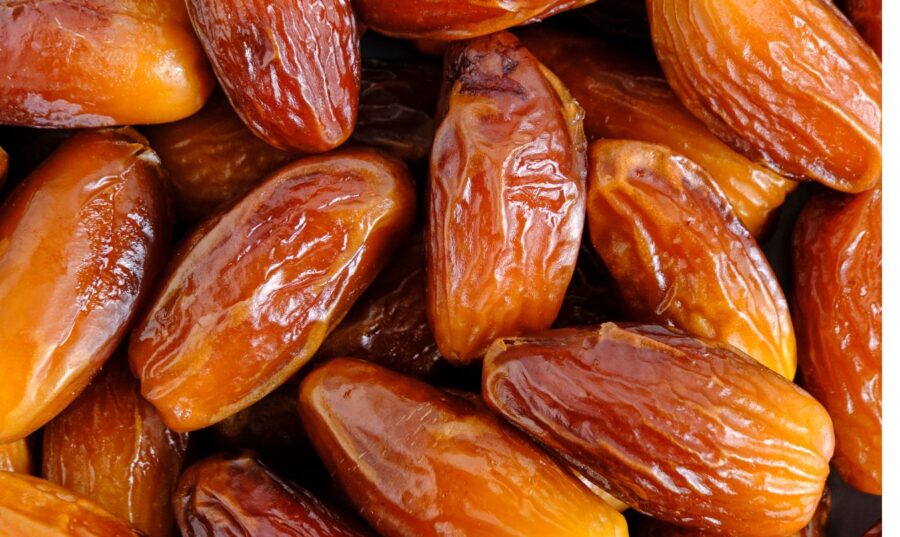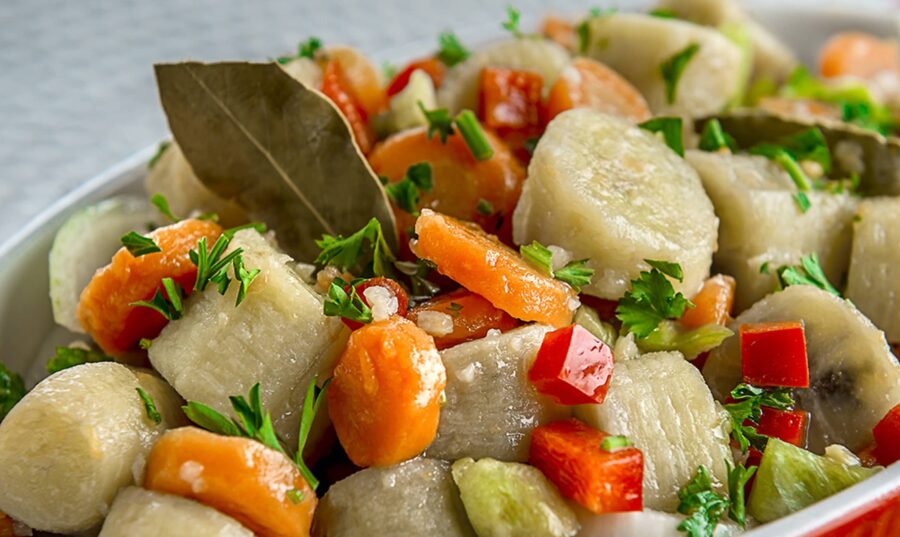|
Getting your Trinity Audio player ready...
|
Bamboo steamers have managed to survive modernization and the passage of centuries. The use of these dates back to the Han Dynasty in China (206 BC to 220 AD), where bamboo was used to make kitchen utensils. Although some archaeological remains place them in the Zhou dynasty, long before the Han (1045 BC to 256 BC). The bamboo steamer is a kitchen utensil that stands out for its decorative design and is great for cooking all types of foods or dishes with less oil and salt. If you decide to use the bamboo steamer, the following recommendations will help you cook food to perfection.
Material - It has to be made of bamboo so that the steam stays inside the container. Also, being a permeable material, the container will not absorb vapor, as happens in other woods. To the touch it should feel rough and smooth at the same time, but not splintered or varnished, as some woods might be.
Shape - There are two types of bamboo steamers: the round ones called mushiki and the rectangular ones called seiro. The most popular is the mushiki, the traditional Chinese. The rectangular one is more common in Japan, although it is also used in Chinese cuisine.
Diameter - The selection of the size or diameter of the steamer will depend on the needs of each person or family and the objectives for which we will use it.
Reinforced edges – The aluminum or stainless steel edge is a more modern added element. This coating prevents wear on the edge of the container or damage to the closure. A relevant detail is that these metal edges could burn you, so it is crucial to handle them with caution.
Cleaning and Care – Care for your bamboo steamer by washing it in warm, soapy water. Then rinse it with clear water and air dry it. Once it is completely dry, store it in a well-ventilated area. If the bamboo is wet, it can grow mold or mildew. Do not put the bamboo steamer in the dishwasher and do not immerse it in water. You should not leave leftover food stuck on the surface of the steamer as it will damage the bamboo. At the end of cooking, remove the steamer from the pot and steam. This will reduce contact with humidity and heat, extending its useful life.
Caution - Remove the lid carefully after cooking food. Trapped steam can be dangerously hot. To prevent the steamer from burning, allow the water to rise above the bottom edge of the steamer (¼” to ½”), but not so high that the water touches the food.
Flavor - Add layers of herbs or spices between foods to add flavor without adding salt. Use broth instead of water to impart a light flavor to foods. Place food on banana, cabbage, or corn leaves. In addition to imparting flavor, this strategy will help prevent sticky foods from sticking to the container.
Even cooking – Leave enough space between pieces of meat or fish for steam to circulate. Between 1 to 1.5 inches between foods is recommended. This will help cook meats evenly. Place the thicker or harder-to-cook ends of vegetables toward the center (broccoli, asparagus). They will cook more evenly. The material you use to line the bottom of the steamer should be porous, to allow steam to rise through the bottom and circulate around the food.
Cooking by levels – Place the food that needs more cooking near the heat source, if you are cooking more than one food at a time in different stackable bamboo steamers.
Fish - Cover the bottom of the bamboo steamer with non-stick paper when cooking fish. You will prevent the essence of this food from infusing into the bamboo.
Bread - Revive multi-day bread. Wrap them in aluminum foil and steam them for three to five minutes. They will be as fresh.
Sticky foods – Place sticky foods on parchment paper, aluminum foil, baking paper, or paper plate; or in lettuce leaves, but do not cover the entire bottom. This will prevent the food from sticking to the container.

